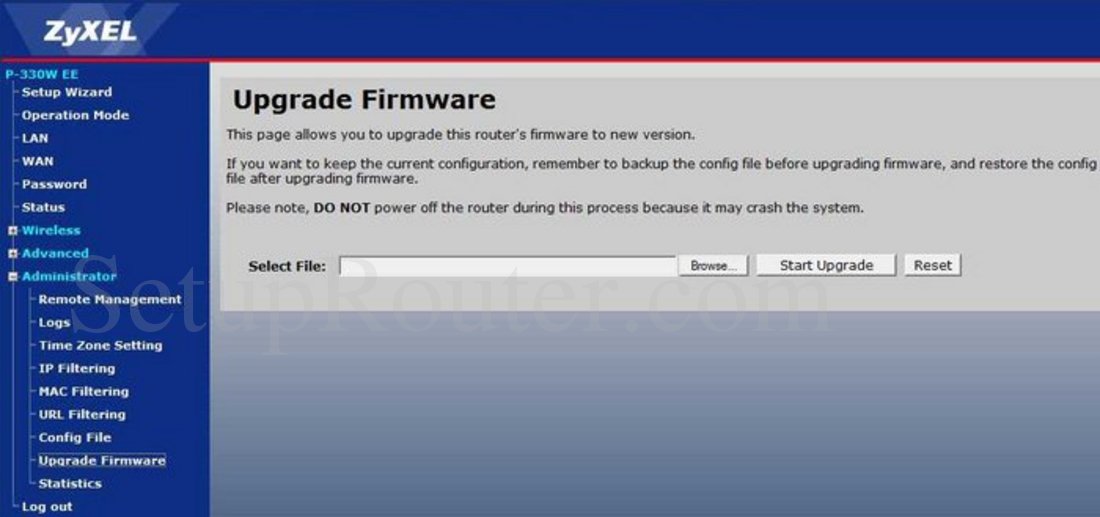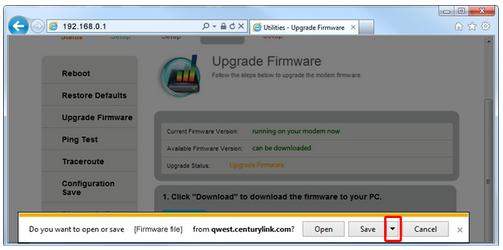

#C1000z zyxel firmware windows
For example, in the case of a computer with Windows XP, I could go to \windows\system32\drivers\etc\, and add the following line to the file named hosts: 192.168.2.101 What I could do was edit the hosts file on each computer in the house. On my local network, however, it’s at address 192.168.2.101. The server for my site,, is on the internet at large at IP address 173.228.19.69.

Nothing I tried in router settings could fix the issue, but there was a workaround, at least on a per-computer basis. A little research on the internet suggested that the router on the Q1000Z does not implement this thing called Reverse NAT.

At first, I thought that the ports were not being forwarded properly, but from outside the house, found that I could get to my server’s web pages just fine. Funny, those things had worked before with the discrete modem and router. I found that I couldn’t ping my own WAN address, either. But when I tried to browse those pages from inside the house, I couldn’t reach them. Since I have a server in the house, I tried to forward incoming port 80 so I could show web pages. So it replaced both our previous modem, and separate Belkin router. The modem connected easily to the internet, and we got some 18 Mbps, about the same as from the original Comtrend CT-5072T modem.īut the Q1000z was both a modem and router in one, with a 4-port gigabit switch, and 802.11 b/g/n wi-fi.

It was stable for almost 3 years, then just recently, the internet would disconnect, the DSL light on the modem would blink for a minute, then everything would come back fine. We have the Fusion package (uncapped DSL internet and phone) from. The unit is fine, and back in service, now. See note below about rumored thermal issue with this model.…what I thought was a burned out modem was just a loose phone wire. The router and switch continued to work just fine. Update: this unit, which I got used on eBay, burned out its modem after 2 weeks in service, in an admittedly warm environment. The phone line comes in on the green wire at the right. Here is the Q1000Z in service in the attic, where it gets hot during the day, and cold at night.


 0 kommentar(er)
0 kommentar(er)
